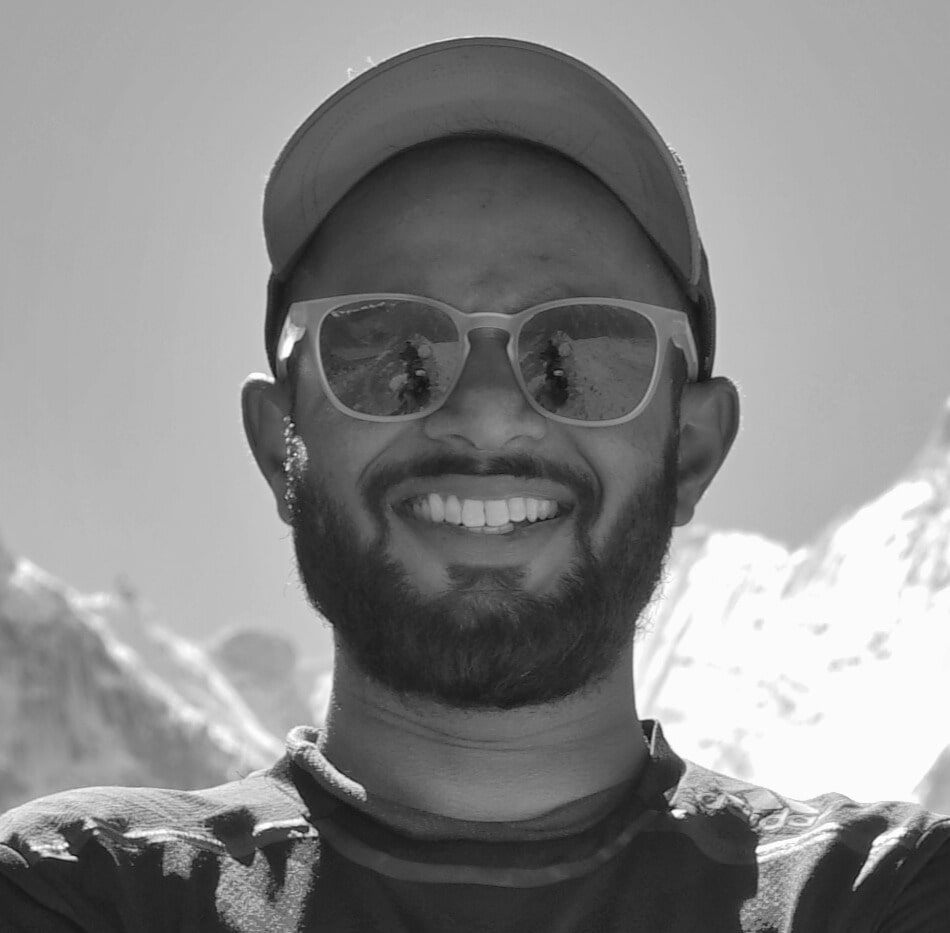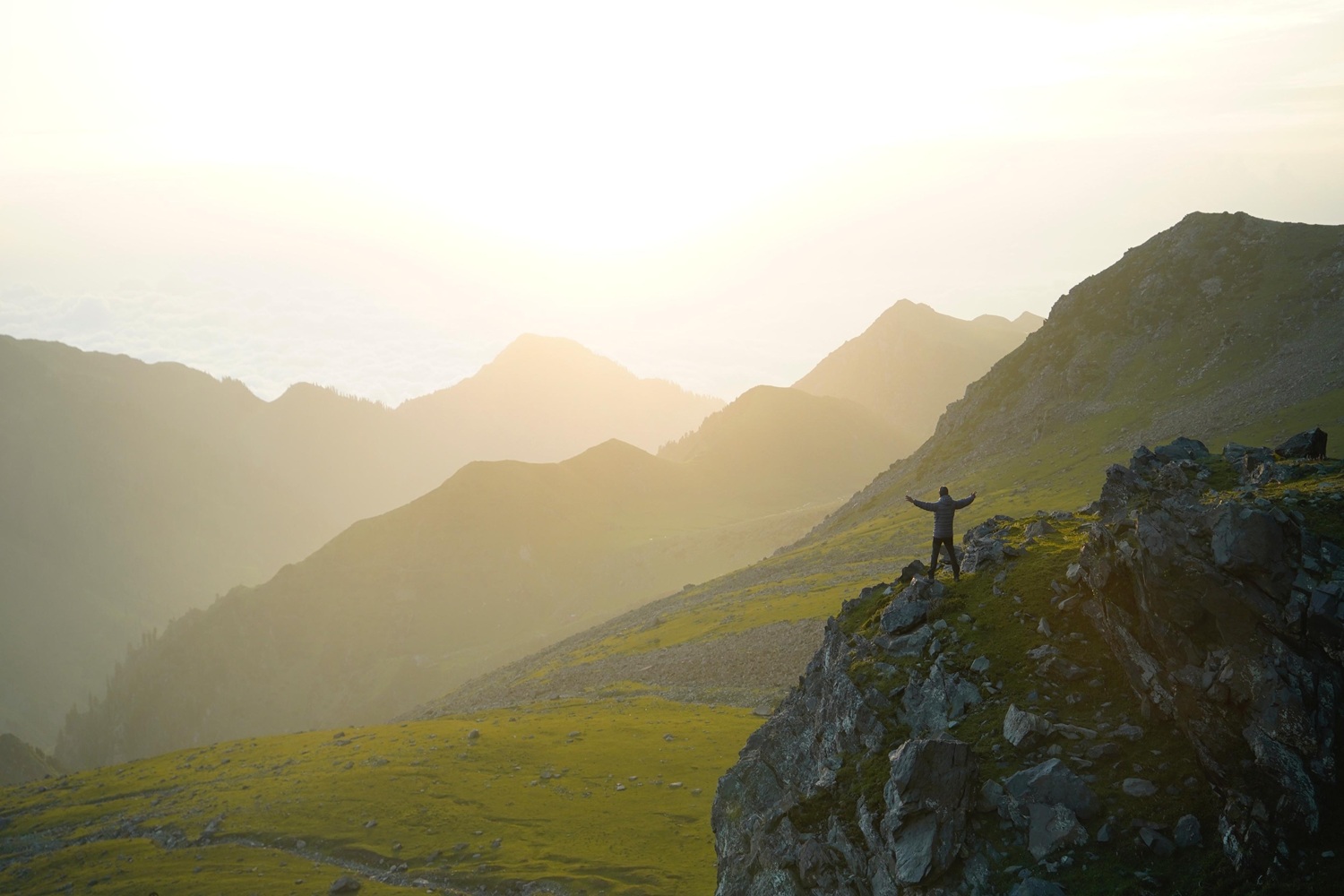The Problem with Traditional Trek Ratings
When you look at a trek, the first thing you’ll probably check is its difficulty rating— Easy, Moderate, or Difficult. It’s the standard system used by almost every trekking company.
But here’s the thing: difficulty doesn’t define the entire trekking experience.
You could sign up for an “Easy” trek and find yourself cramped in an overcrowded campsite with music blaring from speakers. Or you might take on a “Difficult” trek only to realize it was a peaceful, deeply immersive experience, with barely a soul in sight.
This expectation mismatch is what makes difficulty ratings incomplete. They tell you how physically demanding a trek is but say nothing about the experience itself.
For many looking to step into the outdoors, solitude matters just as much as difficulty, sometimes even more.
The Missing Factor: Solitude
Ask any seasoned trekker/hiker, and they’ll tell you: there’s something magical about trekking in solitude.
-The way silence amplifies the sound of the wind.
-The thrill of walking for hours without seeing another soul.
-The deep connection you feel with nature when nothing interrupts it.
And yet, most people only realize this when it’s missing.
Imagine this:
You sign up for a trek expecting remote wilderness, only to reach a campsite packed with 50+ tents, loud conversations, and bonfire singalongs. You wanted an escape, but you got a social gathering instead.
On the flip side, there are treks so quiet, so untouched, that you can hear the river flowing miles away. But because they lack a difficulty rating that suits you, you never even consider them.
Introducing the Solitude Index: A New Way to Rate Treks
At Odyssey, we believe treks should be rated not just by difficulty, but also by the solitude they offer.
That’s why we’re introducing the Solitude Index—a system that helps trekkers choose treks based on how much peace and wilderness they can expect.
Here’s how it works:
Examples
Level 1 – Popular & Social
High foot traffic, crowded campsites, social trekking experience.
Hampta Pass, Valley of Flowers, KGL
Level 2 – Moderately Crowded
Some solitude, but frequent groups on the trail.
Har Ki Dun, Tarsar Marsar
Level 3 – Balanced Solitude
Mix of community and quiet; peaceful campsites.
Gaumukh Tapovan, Nafran Valley, Miyar valley
Level 4 – Remote & Tranquil
Minimal foot traffic, mostly isolated experience.
Sunderdhunga, Auden’s Col, Ronti Saddle
Level 5 – True Wilderness
Ultra-remote, almost no human presence.
Parang La, Hagshu La, Highlands of Jammu, Kedarkantha via Devajni
With this system, trekkers can now choose treks based on the experience they truly want.
Why This Matters for You
1. You Can Choose a Trek That Matches Your Intentions
Not everyone treks for the same reason. Some people love meeting fellow trekkers, while others want pure, uninterrupted silence. The Solitude Index lets you pick the right experience.
2. It Helps You Avoid the Wrong Expectations
Many trekkers expect isolation but end up with a social trek. Others sign up for tough treks without realizing how peaceful they are. A Solitude Rating helps set clear expectations.
3. It Encourages Exploration of Lesser-Known Treks
Some of the most stunning treks in India are not the hardest, just the least visited. By highlighting solitude, we encourage more people to explore offbeat trails instead of following the crowd.
Odyssey’s Commitment to Solitude
Some of our first-rated treks include:
Parang La (5/5 - True Wilderness)
Nafran Valley (3/5 - Balanced Solitude)
Sunderdhunga (4/5 - Remote & Tranquil)
Highlands of Jammu (4/5 - Remote & Tranquil)
Because trekking is not just about how hard it is.
It’s about how it feels.
So, what kind of trekker are you? Do you crave company or solitude?
 Vivek Saini
Vivek Saini
